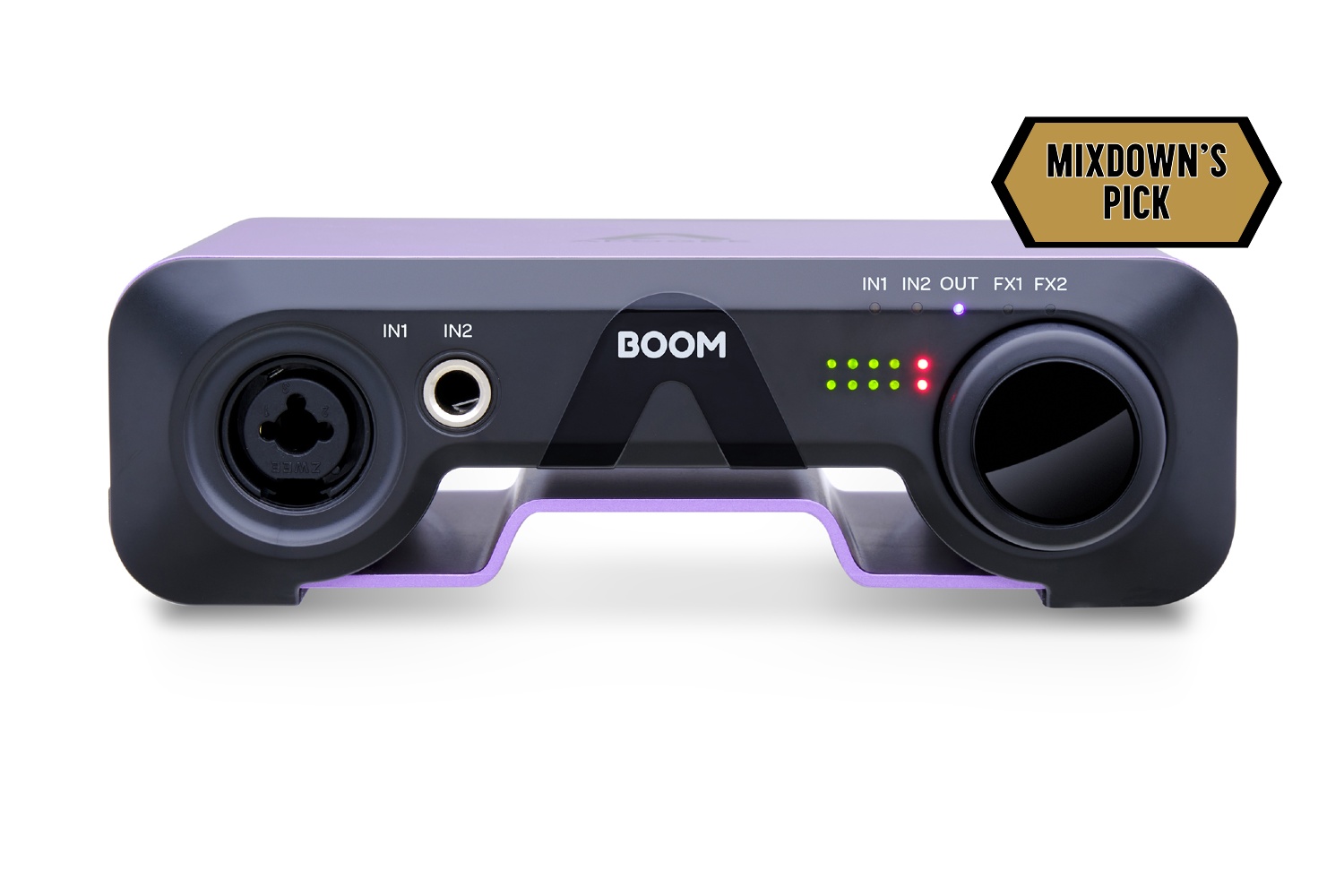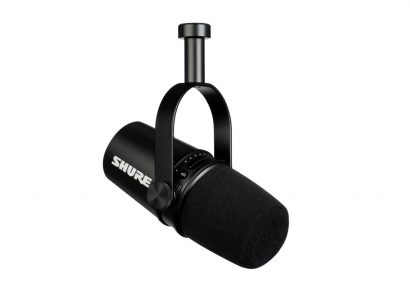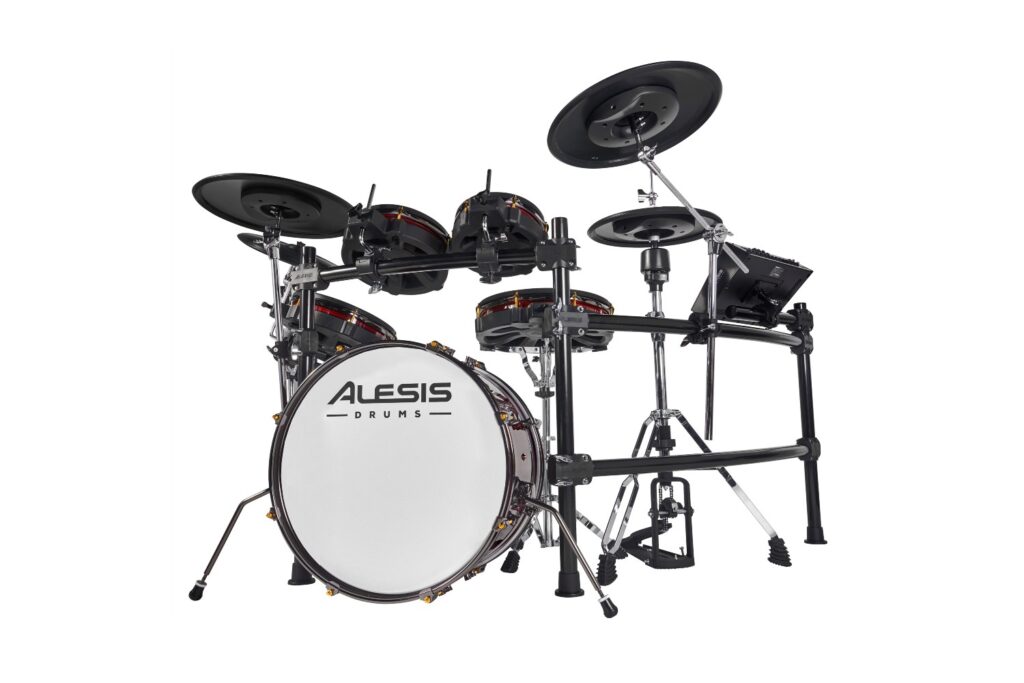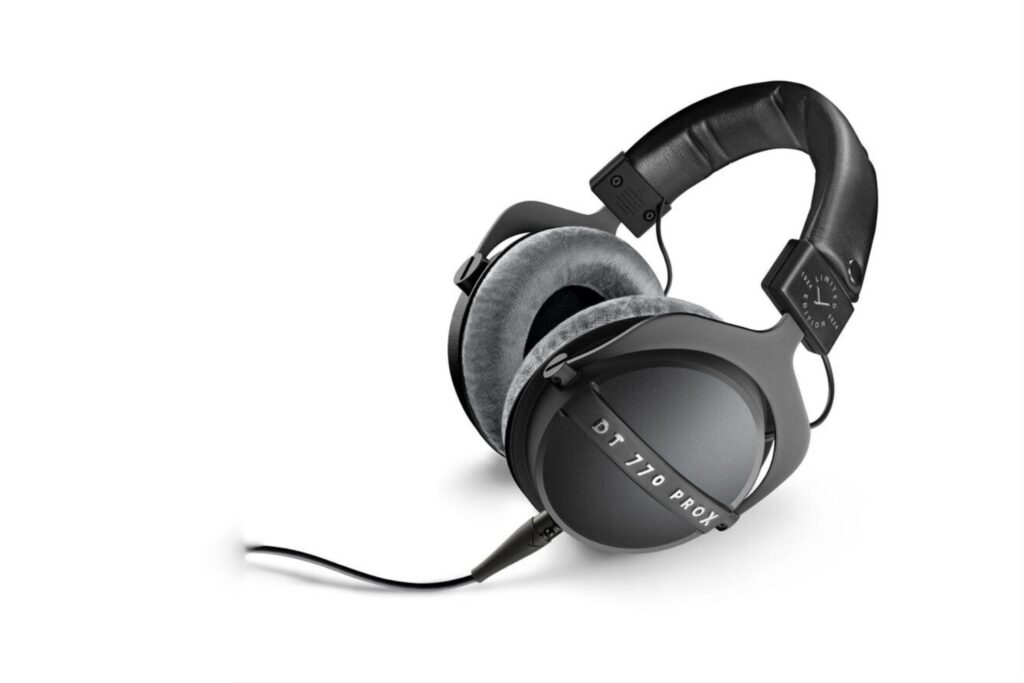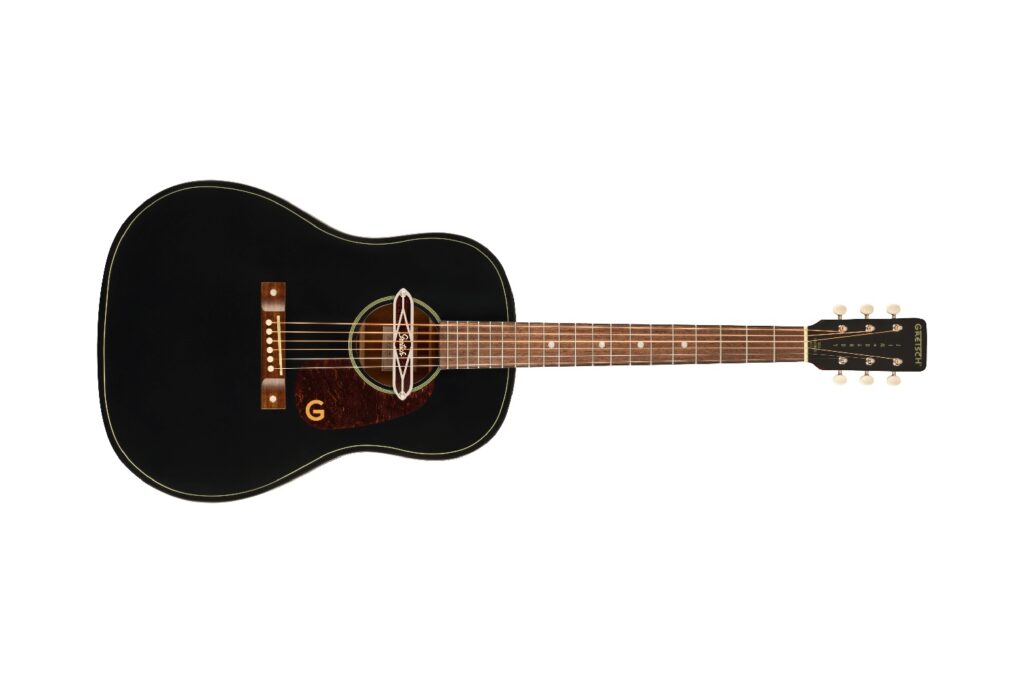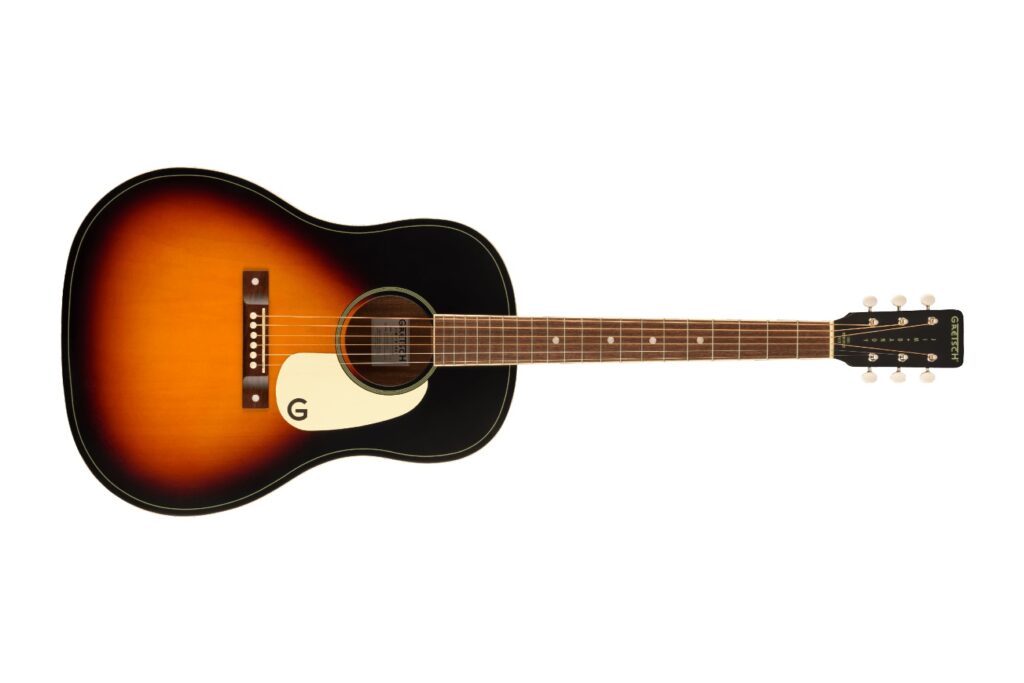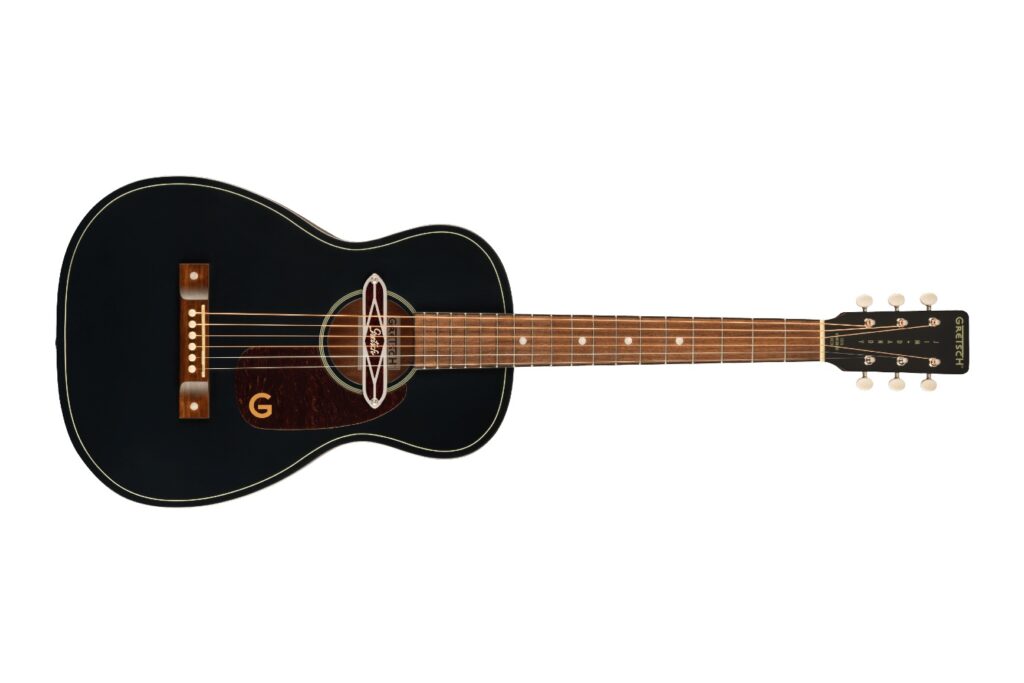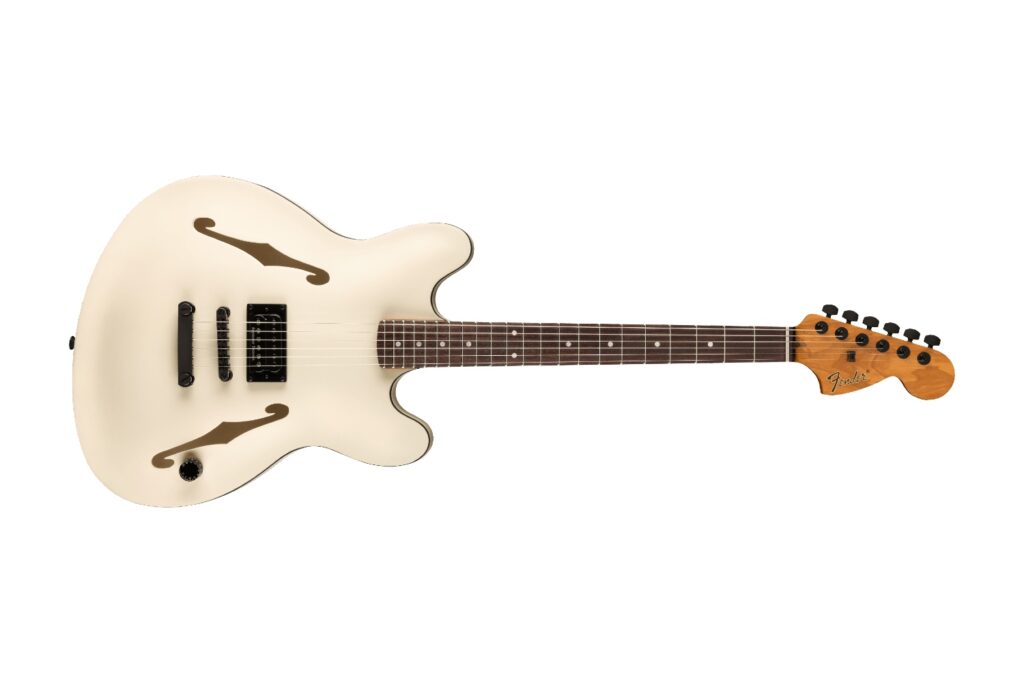Link Audio | RRP: $499
Music making is becoming more and more mobile as tech begins to catch up with our expectations. Bus-powered interfaces have gone from budget products to little powerhouses of pro-level conversion on both the input and output. Gone are the days where you’d have to make do with sub-par quality outside of a more permanent setup, as products like the Apogee BOOM make headway for engineers and producers of all levels.
The Apogee BOOM is a two in, two out audio interface that’s powered and connected via USB-C and small enough to be taken just about anywhere. There’s a single headphone output and two outputs intended for a stereo set of speakers. Clear metering covers a portion of the front of the unit, coupled together with a combo ¼”/XLR input and ¼” input, perfect for an instrument and vocal recording. The Apogee BOOM aims to be a mobile solution to recording and monitoring and does exactly that. From budding producers expanding their computer to an external soundcard for the first time, all the way through hardened professionals who’ve trusted Apogee since day one, the Apogee BOOM has something for you.
Read more gear reviews here.
The BOOM extends Apogee’s range at the smaller end, being a bus-powered interface with two inputs and two outputs, all of which can be controlled via Apogee’s Control 2 software, included with the BOOM. Also included on registration is Ableton Live Lite and Apogee’s Soft Limit plugin, the latter being a great way to add some saturation to your tracks as either a mix bus solution or on specific instruments. The BOOM’s mic preamps will hear everything from 20Hz up to 20kHz and feature a dynamic range of 122dB (A-weighted), while the outputs are almost a match at 117dB (A-weighted) of dynamic range and plenty of power for the headphone out at 15dBu/24mW at 30 ohms.
The BOOM itself weighs less than a kilogram, so it won’t add much to your carry on while travelling. The mic pre is clean and uncoloured, while the Hi-Z input allows for crystal clear recording of a direct guitar or bass straight into the BOOM. The chassis itself is lightweight aluminium, so it can handle being knocked around in a case or bag, and the lack of superfluous knobs and switches prevent dust from making itself at home inside the circuitry. Finally, the BOOM is lockable via a Kensington security slot.
I had the Apogee BOOM set up in moments, my Mac recognising it immediately and offering it as a Playback Engine in Pro Tools. Apogee’s Control 2 software also worked without a hitch, quickly recognising the BOOM and offering me controls to adjust gain, pad, phase, and phantom without touching the unit. The single knob on the front of the unit can be depressed to switch between input gain for inputs one or two, or the master output. Once gain is set, Apogee’s FX feature also allows you to record through a virtual channel strip with super low latency and print that to your DAW.
Handy little indicator lights on the front panel of the BOOM let you know if FX is on or off. What’s immediately noticeable is the quality of sound that the BOOM gives and takes. It goes without saying that Apogee is one of the biggest names in the conversion biz, and are relied on by the likes of Bob Clearmountain. The response is clear and provides a good indicator of stereo width and depth, allowing me to listen as critically as I would anywhere else. This applies to both the speaker outputs and the headphone out, finding myself quickly trusting what I was hearing and making mix moves that translated well across systems – at least to my ears!
In hindsight, it really should come as no surprise that the Apogee BOOM is a total solution to recording and mixing on the move. The BOOM is simple, lightweight, and bus-powered, meaning you don’t need much more than the USB cable (included) to be up and running. The preamps are clear and don’t impart much colour, unless you want them cookin’ with the FX channel strip option that prints your settings straight to your DAW. A single knob is handy for setting gain, but those more well adjusted to a mouse can access a higher level of control via the Control 2 app that allows you to access all your preamp and output settings in a well laid out piece of software.
Specs aside, the Apogee BOOM is simply a great piece of kit that would suit the working professional who needs a mobile solution to monitor cleanly for mixing away from home base, or for the musician who just needs a few ins and outs to record song ideas and arrangements to show their bandmates. It’s a great purchase at any level, as you’ll always have a need for a handy little converter, and of Apogee quality no less!
Head to Apogee for more information. For local enquiries, reach out to Link Audio.
